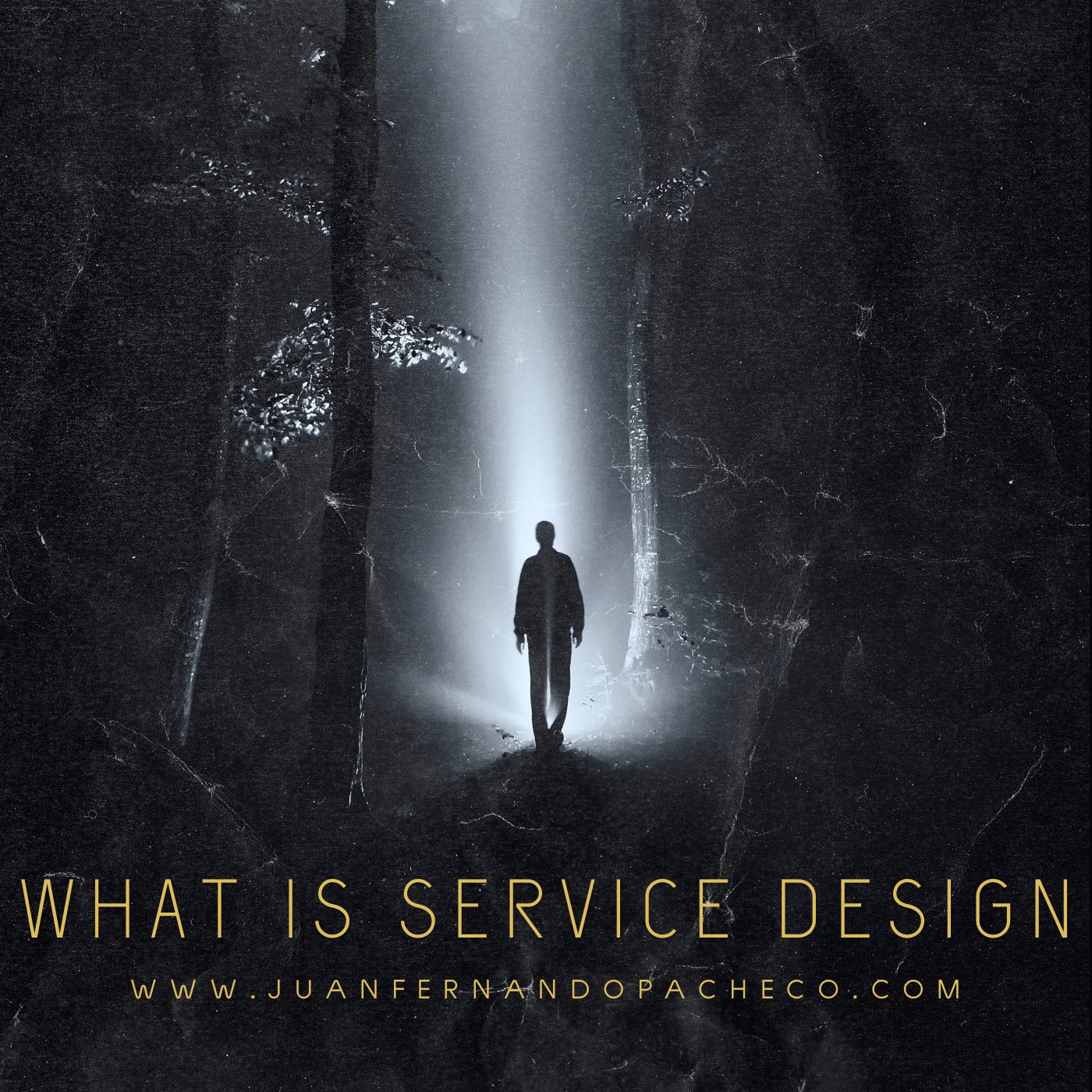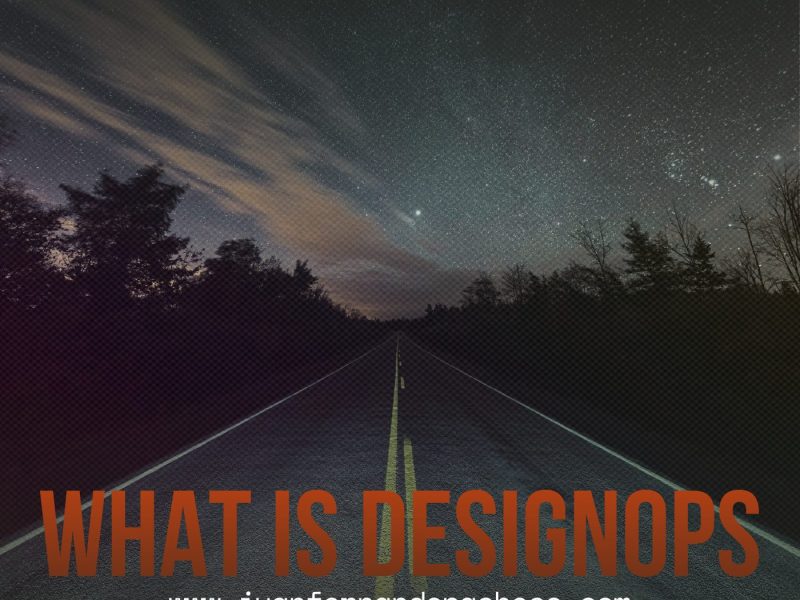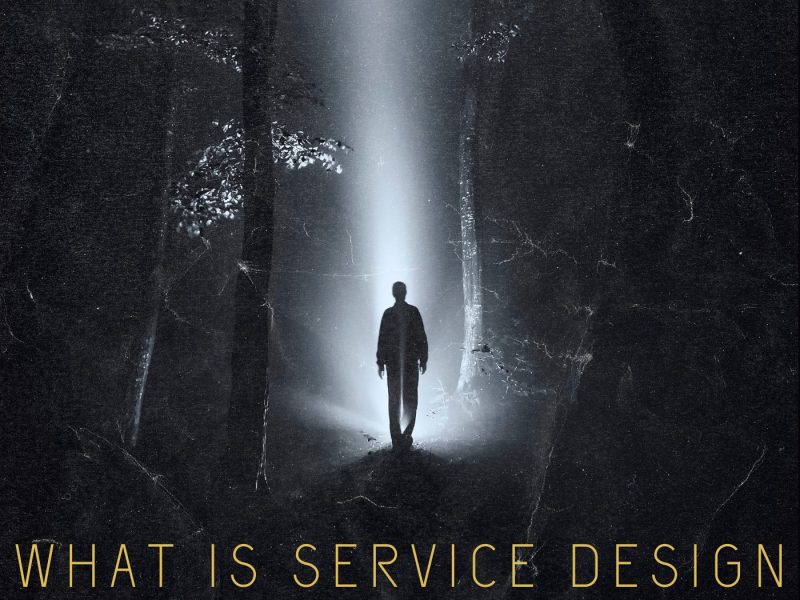Crafting Seamless Experiences
Ever had an experience with a company or service that just worked? Booking a flight felt effortless, ordering food online was a breeze, or perhaps a visit to the doctor wasn’t the usual headache. Chances are, you’ve benefited from service design, even if you didn’t know it.
Service design isn’t about having a single, pretty app or a nice physical product. It’s about every single interaction you have with a service, from the moment you become aware of it to long after you’ve finished using it. Think of going to a restaurant – it’s not just the food; it’s the atmosphere, the service, and how easy it is to pay the bill. It’s the whole experience that matters.
Service Design, my own definition
The process of planning and organizing people, infrastructure, communication, and material components of a service to improve its quality and the interaction between the service provider and its customers.
It’s a big picture view, focusing on the entire service ecosystem.
At its heart, service design aims for a win-win. It’s focused on making the user experience better while also making sure the business is doing well, too. When done right, service design leads to significant benefits, including:
- Enhanced user experience: Getting rid of those frustrating pain points and making interactions smooth and easy.
- Increased efficiency: Streamlining processes behind the scenes.
- A boost in innovation: Discovering new and better ways of doing things.
- Stronger brand loyalty: Happy customers are loyal customers.
How service design sparks innovation.
By deeply understanding what users need and what frustrates them, we can uncover surprising solutions. It’s not just about fixing what’s broken; it’s about asking “what if?” and imagining a future where services aren’t just painless, but even enjoyable. It’s like being a detective, but the clues lead to a better future.
To achieve this, service design relies on five main principles:
- User centered: Putting the user at the heart of the process. This means truly understanding their needs, desires, and pain points through research like interviews, surveys, and focus groups. It’s about listening and observing, recognizing that sometimes users don’t even know what they want until they see it.
- Co-creation: Bringing users and other stakeholders into the design process. This taps into the collective wisdom of the people who will actually use the service, leading to innovative solutions.
- Holistic thinking: Considering the entire service ecosystem. This involves looking beyond individual touch points to see how people, processes, and technology all work together to create the complete user journey. It’s like building a house – you need the foundation, plumbing, roof, and walls to all work together, not just a fancy kitchen.
- Iterative process: Continuously prototyping, testing, and refining services based on feedback and data. It’s about making ongoing improvements rather than trying to be perfect from the start. It’s a never-ending loop of learning and getting better.
- Evidence-based: Using data and research to inform decisions and validate design solutions. This ensures that improvements are based on real insights, not just assumptions.
The service design process
- Define the problem and identify user needs: This research phase is about understanding the problem you’re trying to solve and who you’re trying to help. It’s laying the foundation.
- Develop a service concept: Sketching out the blueprint – a high-level description of the service, its purpose, key features, and benefits. This concept must balance the organization’s goals with user needs.
- Prototyping and testing: Bringing the concept to life through mockups, wireframes, or even roleplay, and testing these prototypes with real users to gather feedback and identify usability issues. It’s about testing and refining, not getting it perfect the first time.
- Implement and manage the service: Creating a detailed plan for delivery, setting up operational guidelines, and importantly, conducting ongoing monitoring and evaluation. This ensures the service continues to meet user needs and achieve its goals, emphasizing continuous improvement.
Uber, a classic example of successful service design.
They researched the pain points of traditional taxis – long waits, unreliable drivers, cash payment hassles. By focusing on the user perspective, they designed a seamless experience: opening an app, requesting a ride, knowing arrival time, and automatic payment. Features like real-time tracking and driver ratings added transparency and accountability, creating a built-in feedback loop that encourages continuous improvement.
Imagine applying these principles to healthcare. While complex, service design could transform frustrating experiences like making appointments, filling out paperwork, and understanding medical bills. By designing with the patient in mind, healthcare could become more efficient, effective, and most importantly, more empathetic and human-centered. Patients could feel heard, understood, and empowered in their health journey, and healthcare professionals could experience less burnout.
Technology plays a crucial role in modern service design.
AI is personalizing experiences, the Internet of Things (IoT) is connecting devices to anticipate needs, and data analytics reveals user behavior to inform improvements. Think of Netflix recommendations powered by AI, or a smart home adjusting lights and music based on your routine thanks to IoT data. Data analytics helps organizations see what’s working and what’s not, leading to smoother operations, like optimizing traffic flow or personalizing retail promotions.
However, with increased data collection comes the valid concern of privacy. Service designers must ensure data is used ethically and responsibly, with transparency being key. Users need to know what data is collected, how it’s used, and maintain control over their own information.
Implementing service design isn’t without challenges.
Getting everyone in an organization on the same page requires a significant shift in thinking and breaking down departmental silos. Resources – time, people, and money – can be a hurdle, as service design is an investment with long-term payoffs. Resistance to change is also common; involving people in the process and communicating benefits helps overcome this. Finally, measuring success can be tricky; it requires combining quantitative data with qualitative human insights.
Perhaps the biggest challenge is balancing the need for efficiency and automation with the desire for a human touch. As services become more digital, there’s a risk of losing that personal connection. Service design reminds us that technology should support people, not replace them entirely. The goal is to find the balance, like a chatbot handling simple questions but seamlessly connecting users to a human when empathy and deeper understanding are needed.
So, why should the average person care about service design?
Because it’s all about making things better for you. It’s about creating experiences that are functional and efficient, but also enjoyable, meaningful, and even delightful. It’s about expecting more from the services you use, demanding experiences that respect your time, needs, and intelligence. The more we understand service design, the more we can speak up and advocate for better experiences. We can become informed consumers, demanding services that are truly user-centered. In a way, we can all be designers, shaping the future of the services that impact our daily lives.
Next time you use a service
Whether it’s frustrating or surprisingly amazing, take a moment to think about why. What did they do well, or what could they do better? You might learn something new, and you’ll become a more discerning consumer of the experiences around you.


